Killerton, located in Devon in southern England, is an estate with an 18th century Georgian house and hillside gardens with 6,400 acres of land. The house was given to the National Trust in 1944 by the owner, Richard Acland, for his political views. He was a socialist and believed that land should be for all of the people to enjoy. In the gardens at the estate are some hidden gems, including a 1950s post office cottage, mill, medieval house, and iron age fort with Roman ruins. I did not have a lot of time at Killerton, and the house was only partially open to visitors with the upstairs off-limits; I spent an hour in the queue to visit the house and did not have time to explore further beyond the garden next to the house.
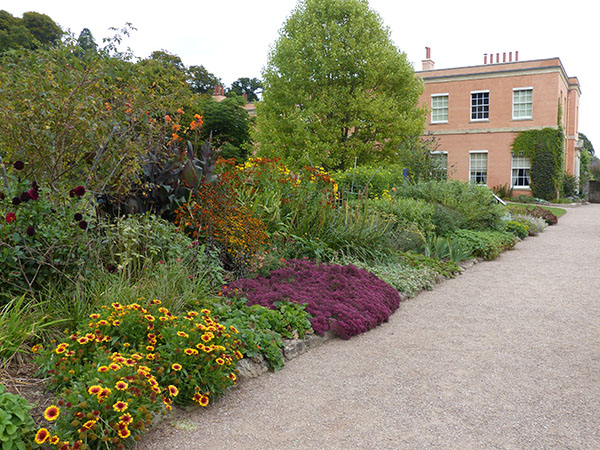
The landscape gardens and park was created in the 1770s.
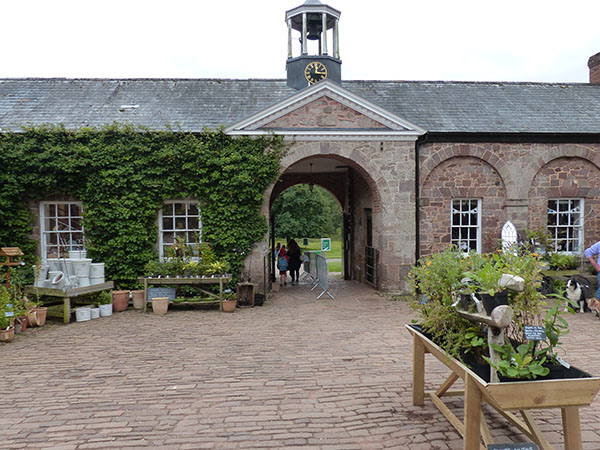
In 2016, an archeological dig discovered the footprint of a home that is known as "the lost house of Devon" and dating to 240 years. This footprint is located a short walk from the house and is located in a copse that looks as though it was planted to hide the house.
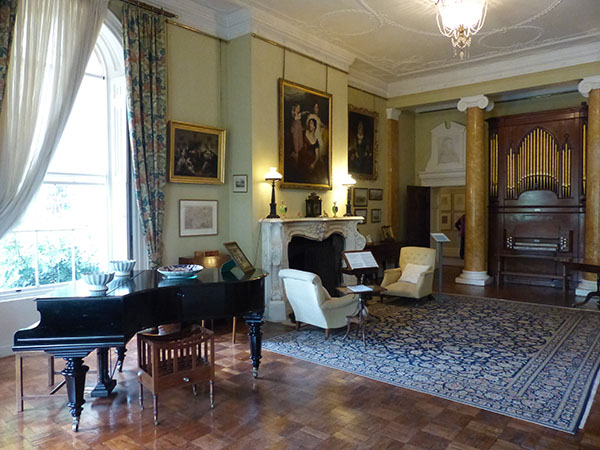
The music room (picture above) is where the family enjoyed listening to and performing music.
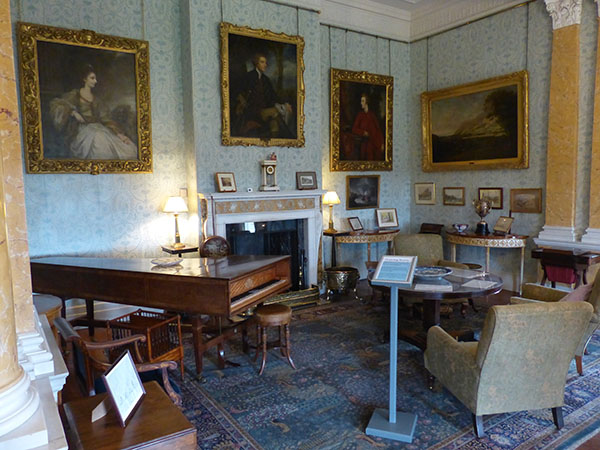
This leads off to a hallway and a dining room / lounge off of that. This room is a large room and would have been partioned.
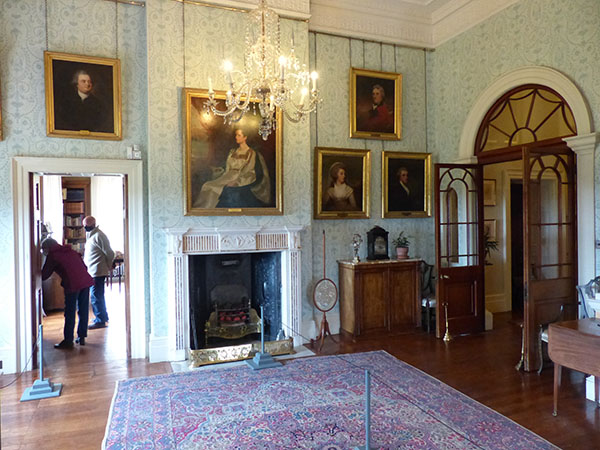
This is the other side to that room with the doorway at the back being for the library and the one on the right into the hallway.
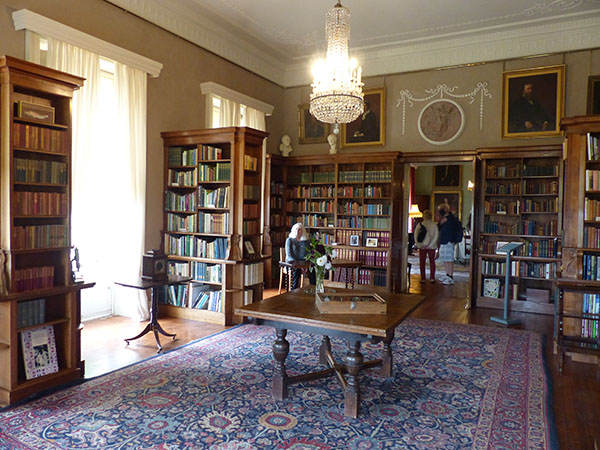
The library was my favourite room. All of the books had been sold in the estate, so the books that are on the shelves have been donated by the public.

The dining room is filled with portraits.

This red room is the reception room, and this leads to a billiards room.
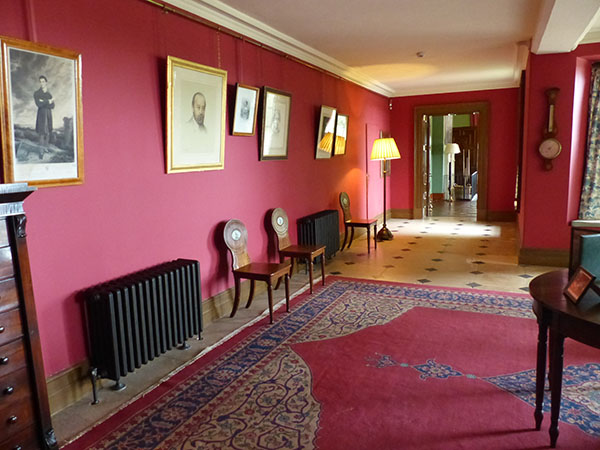
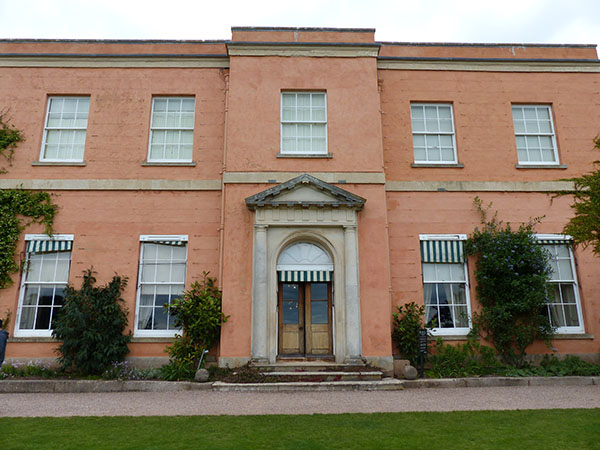
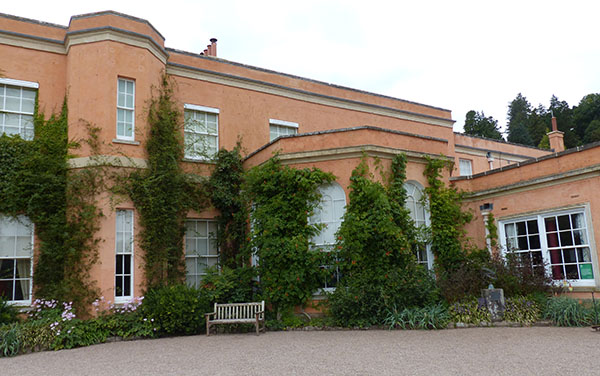
The small garden at the back of the house is pretty, and a short climb up the hill reveals some wonderful views.

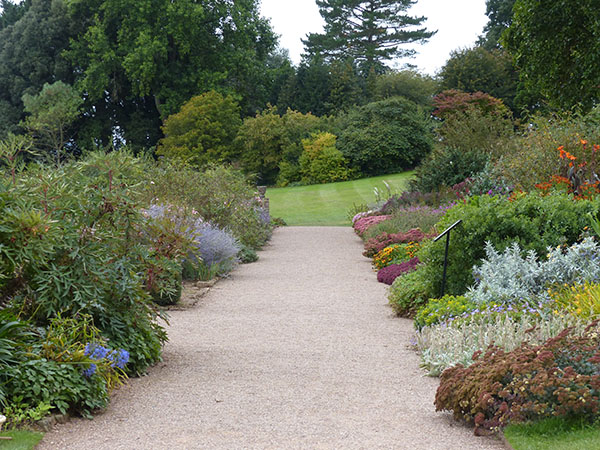
I hope to visit Killerton House and estate once more of the house is open to the public and the restrictions have been eased.



Leave a comment